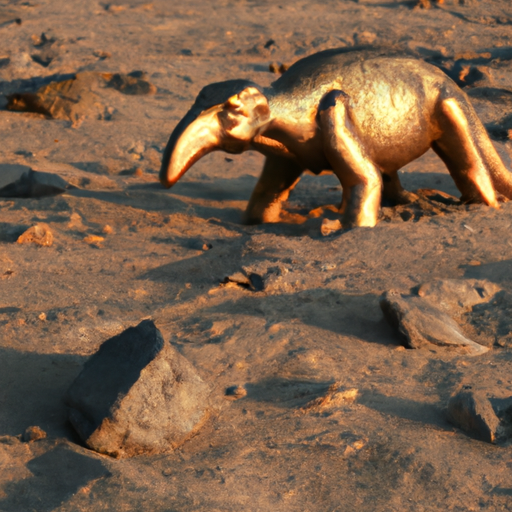 Introduction:
Introduction:
In the grand tapestry of life on Earth, species extinction is an unfortunate reality. Over the course of millions of years, countless species have vanished from the face of the planet, leaving only remnants of their existence in fossil records and fading memories. The extinction of animals is a complex issue influenced by a myriad of factors, including natural causes, human activities, and environmental changes. In this extensively detailed article, we delve deep into the causes, consequences, and efforts to prevent animal extinction.
I. Natural Causes of Animal Extinction:
1. Background Extinction: Throughout history, species have been gradually lost due to natural processes. This normal, low-level extinction rate is known as background extinction. Factors such as competition, predation, disease, or changes in habitat can contribute to the gradual decline of a species.
2. Mass Extinctions: In contrast to background extinction, mass extinctions have occurred sporadically throughout Earth’s history. These cataclysmic events wipe out significant proportions of biodiversity. Five major mass extinctions have been identified, including the most infamous event, the Cretaceous-Paleogene extinction, which wiped out the dinosaurs.
II. Human Activities and Animal Extinction:
1. Habitat Destruction: Perhaps the most significant driver of animal extinction in recent times is the destruction and fragmentation of natural habitats due to human activities. Deforestation, urbanization, and conversion of land for agriculture have resulted in the loss of vital ecosystems, rendering numerous species homeless.
2. Overexploitation: Humans have relentlessly exploited animals for various purposes, such as hunting, poaching, and illegal trading. Overhunting, particularly for valuable resources like ivory, fur, or specific body parts used in traditional medicine, has pushed many species to the brink of extinction.
3. Pollution and Climate Change: Human-induced pollution, including air and water pollution, disrupts ecosystems and affects animal populations. Additionally, climate change caused by human activities has led to habitat loss, alteration of migration patterns, and increased vulnerability to diseases, exacerbating the risk of extinction.
III. Consequences of Animal Extinction:
1. Disruption of Ecosystems: Every species plays a unique role within its ecosystem, and when a species becomes extinct, it leaves a void that can disrupt the delicate balance of nature. The loss of a keystone species can have cascading effects, leading to the decline of other species and potential collapse of entire ecosystems.
2. Loss of Biodiversity: Biodiversity is the cornerstone of life on Earth, providing stability and resilience to ecosystems. The disappearance of species reduces the overall genetic diversity, making ecosystems more vulnerable to environmental changes and reducing their ability to recover from disturbances.
3. Socioeconomic Impacts: Animal extinction can have severe socioeconomic consequences. The loss of iconic species can harm tourism, while the disappearance of species critical to agriculture or fisheries can impact food security and livelihoods of local communities.
IV. Efforts to Prevent Animal Extinction:
1. Conservation Strategies: Conservation efforts aim to preserve species and their habitats. These include protected areas, captive breeding programs, wildlife corridors, and sustainable management practices. Conservation organizations and governments work together to implement measures like the Convention on International Trade in Endangered Species (CITES) to regulate trade and protect endangered species.
2. Public Awareness and Education: Raising awareness about the importance of biodiversity and the impacts of human activities is crucial. Education programs, public campaigns, and media initiatives play a pivotal role in fostering a sense of responsibility and encouraging sustainable practices.
3. Legislative Measures: Governments worldwide enact laws and regulations to protect endangered species and their habitats. These measures include habitat conservation, bans on hunting or trading certain species, and penalties for illegal activities.
Conclusion:
Animal extinction is an alarming global crisis with far-reaching consequences for ecosystems, economies, and human well-being. As stewards of this planet, it is our moral obligation to recognize our role in the decline of species and take immediate action. By embracing sustainable practices, raising awareness, and implementing effective conservation measures, we can strive towards a future where animal extinction becomes a rare occurrence, allowing Earth’s diverse species to thrive for generations to come.
